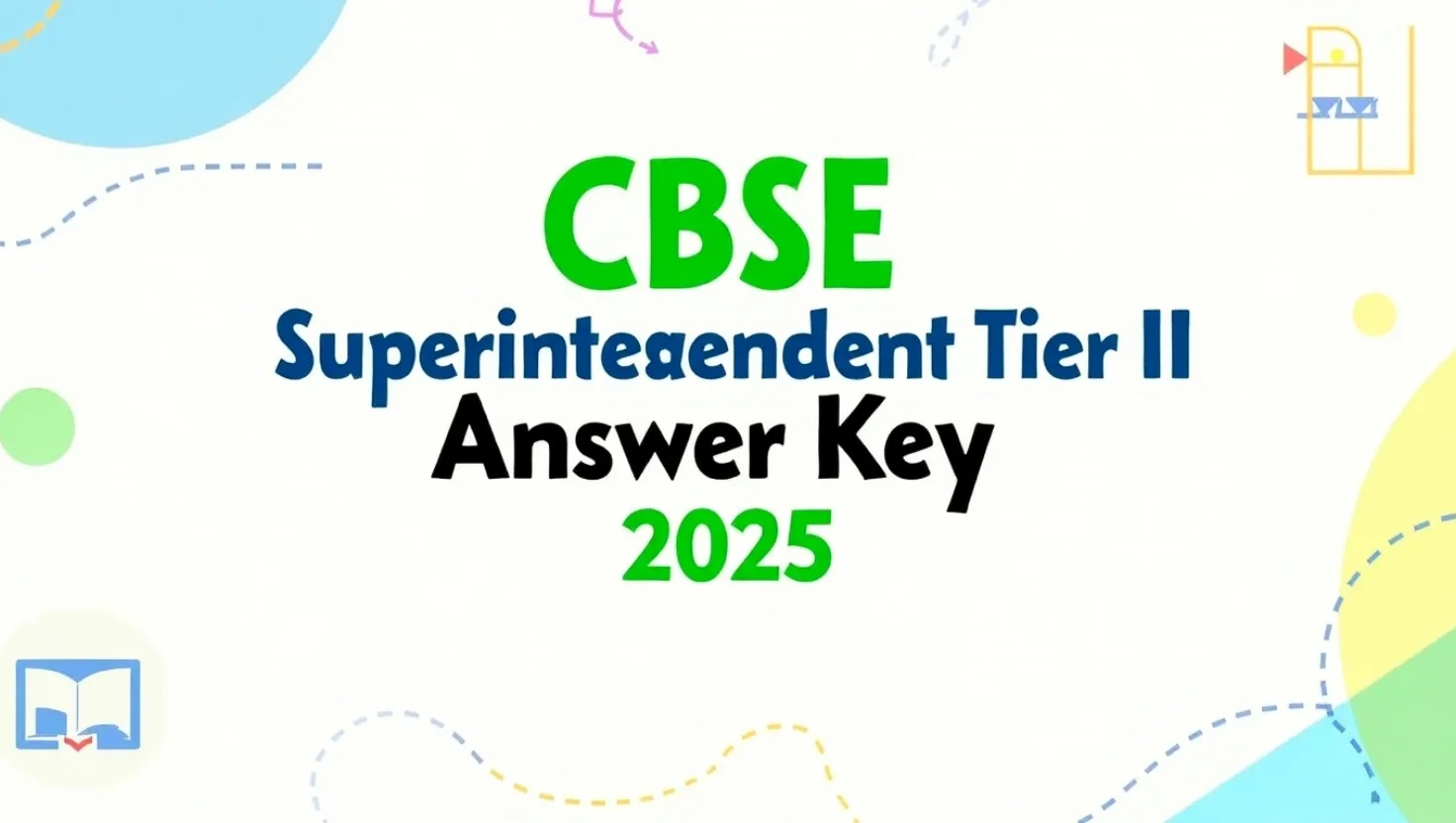The JEE Main Paper 1 Shift 1 S2 conducted on 12th April 2019 was part of the April attempt for engineering aspirants across the country. It followed the familiar three-section format: Physics, Chemistry, and Mathematics, with 30 questions in each. This shift is particularly useful for candidates preparing for future JEE sessions, as it reflects the type of questions NTA asked that year.
I’m writing this post because I’ve seen many students struggle to find shift-wise papers from 2019 with proper formatting and clarity. The Shift 1 S2 paper from 12th April stands out as it had a well-balanced distribution of topics across subjects and was moderate in difficulty. Going through the actual paper helps students get used to the digital format and build confidence. Solving past papers like this one is not just revision—it’s strategic preparation. You begin to understand which topics are repeatedly tested, where you often make mistakes, and how to improve time management under pressure. It’s an essential step if you’re serious about cracking the JEE Main.
Question Paper Structure
Here’s how the JEE Main 2019 Shift 1 S2 paper was organised:
- Exam Date: 12th April 2019
- Shift: Shift 1 – Session 2
- Type: Computer-Based Test
- Subjects: Physics, Chemistry, Mathematics
- Total Questions: 90 (30 from each subject)
- Total Marks: 360 (Each question carried 4 marks; 1 mark deducted for each incorrect answer)
- Duration: 3 Hours
Difficulty Level and Subject Focus
Physics
- Moderate in difficulty
- Important topics: Kinematics, Work & Energy, and Semi-conductors
- Some questions were calculation-heavy and tested conceptual clarity
Chemistry
- Easy to moderate
- Mostly NCERT-based questions
- Topics like Chemical Bonding, Coordination Compounds, and Organic Chemistry were frequently asked
Mathematics
- Moderately difficult and lengthy
- Focus areas: Calculus, Vector Algebra, 3D Geometry, and Probability
- Many students found time management tough due to long problem-solving steps
Why Solving This Paper Matters
Practising shift-wise papers allows you to:
- Understand NTA’s question framing and difficulty levels
- Time your sections efficiently
- Recognise repeated patterns or “favourite” topics
- Spot areas that need conceptual revision
If you’re appearing in the next JEE session, this paper is a must-solve. I’d also suggest simulating actual exam conditions—set a timer, use a rough sheet, and avoid distractions to get the best value from the practice.
Download PDF
Click here to download JEE Main 2019 Paper 1 Shift 1 S2 (12th April) PDF



















